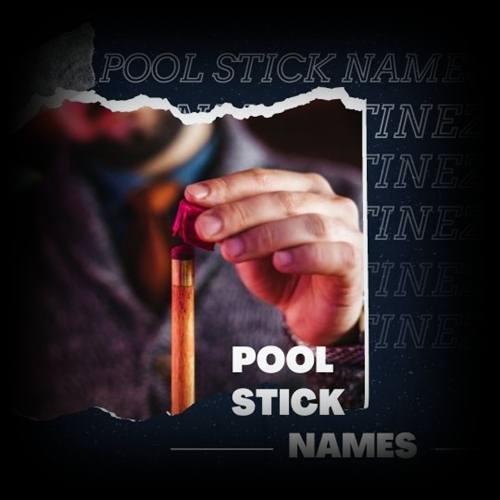Billiards Cue Stick: Components and Specifications, as well as how it’s made
The Billiards cueor a cue stick is one of the pieces of the equipment essential for playing Billiards. Cue sticks are used to hit the cue ball when playing the game. Cue sticks are utilized in pool, carom billiards and snooker. Cue sticks are typically taped, between 57 and 59 inches (about 1.5 millimeters) long , and weight between 16 to 21 in ounces (450-600 grams) With pros in the direction of 19-ounce (540 grams) average.
The majority of cues are made from wood, however occasionally they are covered by carbon fiber, graphite or fiberglass. They utilize regular cues an alternative to their primary equipment as well as an even shorter cue to shoot jump shots. The cues used to shoot jump shots have a built-in edge with high tension.
Read More : 10 Ways to Find Pool Leagues Near You
Types of Cue Sticks utilized in Billiards
- One-piece cue One-piece cues are the most basic and popular type of cues in the game of billiards. They are constructed in one piece, without joints. They have a uniform tapering, and then gradually shrink in diameter from the point of the butt until the end.
- Two-piece cues The two-piece cue features a section in the center that makes it easier to carry. The cue is folded in a way that fits inside the appropriate cue case or pouch.
- Two-piece cue featuring an joint It’s also known as the three-quarter-two-piece. Two-piece cues feature an appearance of a joint at the one-third downwards position on the cue. The joint is between 12 and 16 inches of the butt.
The components of Billiard Cue Sticks
Cue sticks are made either in one piece or through two pieces, or with a joints in the middle. The majority of the top-quality cue sticks are manufactured using two pieces of hardwood like maple wood, joined with metal or phenol resin. The cues for beginners are made from middle-quality maple wood, with a tips and shafts made of plastic. The premium cues are constructed of golf wood and graphite.
Cue sticks are the standard cue sticks. They include the following elements:
- Butt end The butt end The edge of the cue is greater circumference and the desire to hold it easily and offer a comfortable grip for the players. This area is referred to by the name of “butt.
- Shaft Shaft The longest wood part of the stick that has a narrower diameter than its butt-end. Its length ranges from 0.4 inches up to 0.55 inches (10 to 14mm).
- Ferrules This is the end portion of the shaft constructed of brass or fibreglass.
- Tips –The point is put on top of the ferrule in order to hit the ball. Usually, chalk is placed on the tip to increase the friction and add spin to the balls when hitting the table. The tips are made primarily of leather and then glued with glue to the ferrule.
- Bumper It’s the last component of the cue composed of the rubber, or even leather. The bumper shields the cue from accidental injury caused by a the impact of a massive or falling object.
The Billiard cue sticks that were utilized in antiquity.
In the year 1600, cue sticks were invented using mace, which was like a lighter heavy golf clubs. The cues were used to shove instead of hitting on the cue ball. In 1670 it was time for a fundamental change. The mace was replaced by a stick that included a butt and larger circumference. From 1800, the evolution of the term “stick” to “cue stick was officially recognized. The year was 1807 and Francois Mingaud, the inventor of the cue stick was the first to look at the tip of the leather of a billiard cue.
In the 19th century, the tips weren’t sufficiently polished to hit the balls when they were first. Players used to twist their ends on an area of plaster or ceiling to improve the stick’s grip and maximize its capabilities. The powder was considered to be twisting powder. In the past, ferrules were made of ivory in order to secure the cue’s tip securely. The joints were threaded and made of either wood or non-metals , such as brass, steel and so on.
Read more : How to Hold a Pool Stick [10 Tips]
The Billiard cue sticks that were used in the present day
The shafts of today are made according to two-piece model with a custom tapering. The tip of the leather is substituted with faux-leather and other fibres made of synthetic that can hit the ball with more effectiveness. The synthetic fibre is less prone to humidity and moisture and needs more frequent sharpening. The cue tips aren’t any longer made using ivory material and are developed using different carbon fibres. This fiber is composed of melamine or phenol resin. These are premium plastics. The carbon fiber acts as an unmetal material and prevents natural breaks and cracks. The joints are threaded in half and feature an “quick pin release” mechanism to fold the sticks.

Leave a Reply